Asaduz Zaman
Markerless retro-identification complements re-identification of individual insect subjects in archived image data of biological experiments
May 22, 2024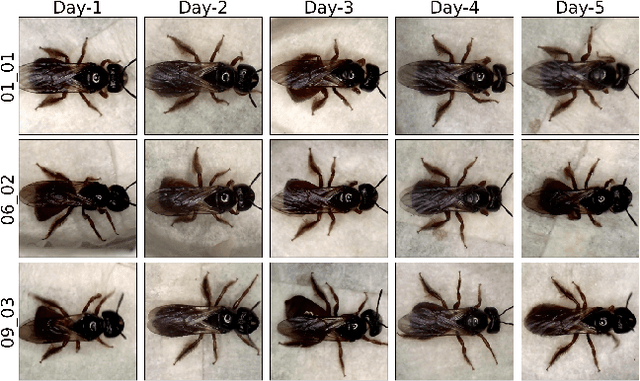
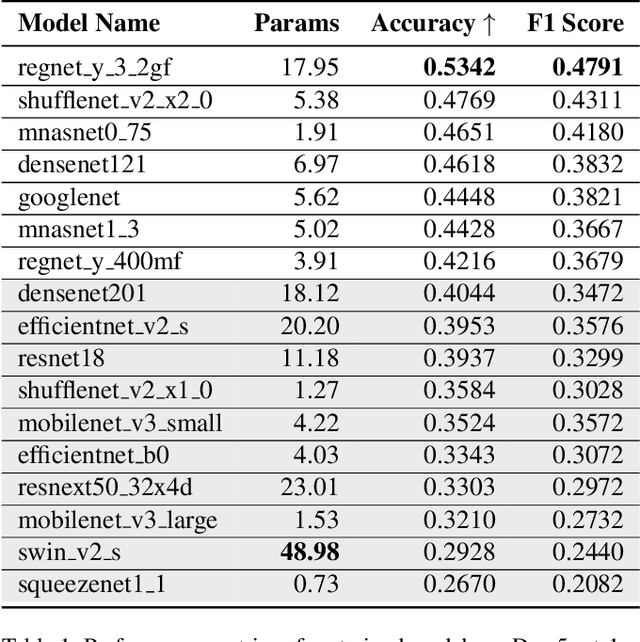
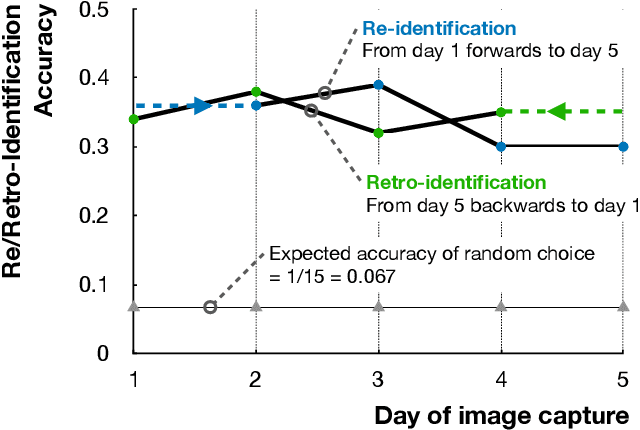
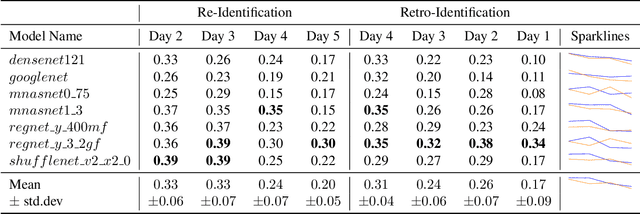
Abstract:This study introduces markerless retro-identification of animals, a novel concept and practical technique to identify past occurrences of organisms in archived data, that complements traditional forward-looking chronological re-identification methods in longitudinal behavioural research. Identification of a key individual among multiple subjects may occur late in an experiment if it reveals itself through interesting behaviour after a period of undifferentiated performance. Often, longitudinal studies also encounter subject attrition during experiments. Effort invested in training software models to recognise and track such individuals is wasted if they fail to complete the experiment. Ideally, we would be able to select individuals who both complete an experiment and/or differentiate themselves via interesting behaviour, prior to investing computational resources in training image classification software to recognise them. We propose retro-identification for model training to achieve this aim. This reduces manual annotation effort and computational resources by identifying subjects only after they differentiate themselves late, or at an experiment's conclusion. Our study dataset comprises observations made of morphologically similar reed bees (\textit{Exoneura robusta}) over five days. We evaluated model performance by training on final day five data, testing on the sequence of preceding days, and comparing results to the usual chronological evaluation from day one. Results indicate no significant accuracy difference between models. This underscores retro-identification's value in improving resource efficiency in longitudinal animal studies.
Spatial Monitoring and Insect Behavioural Analysis Using Computer Vision for Precision Pollination
May 10, 2022

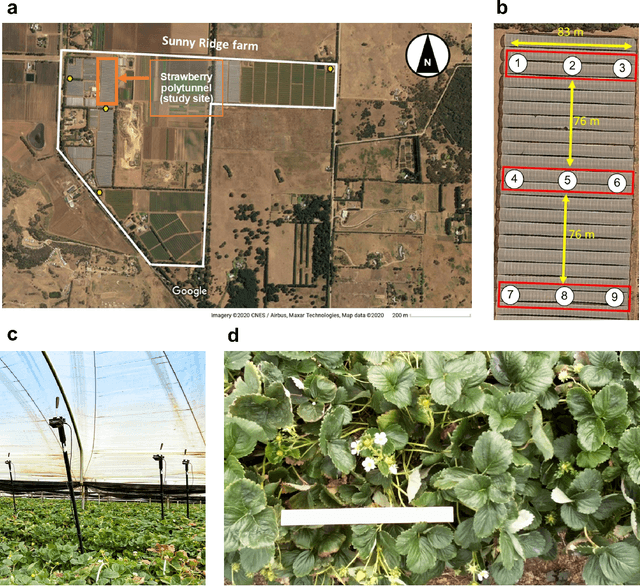
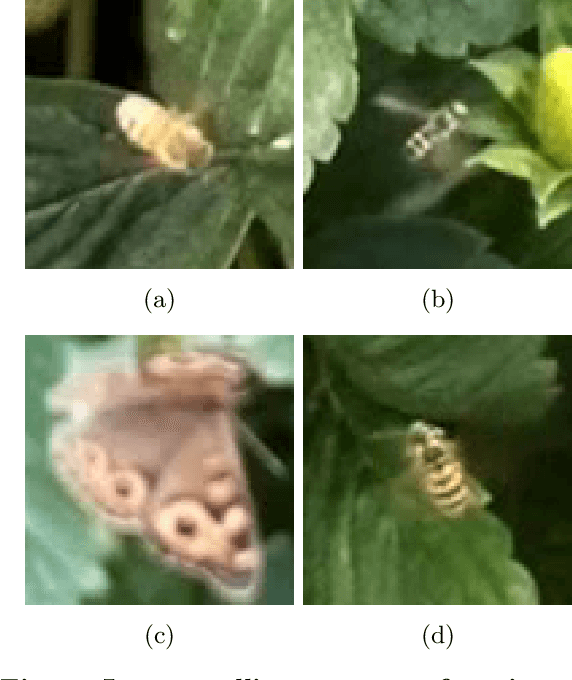
Abstract:Insects are the most important global pollinator of crops and play a key role in maintaining the sustainability of natural ecosystems. Insect pollination monitoring and management are therefore essential for improving crop production and food security. Computer vision facilitated pollinator monitoring can intensify data collection over what is feasible using manual approaches. The new data it generates may provide a detailed understanding of insect distributions and facilitate fine-grained analysis sufficient to predict their pollination efficacy and underpin precision pollination. Current computer vision facilitated insect tracking in complex outdoor environments is restricted in spatial coverage and often constrained to a single insect species. This limits its relevance to agriculture. Therefore, in this article we introduce a novel system to facilitate markerless data capture for insect counting, insect motion tracking, behaviour analysis and pollination prediction across large agricultural areas. Our system is comprised of Edge Computing multi-point video recording, offline automated multi-species insect counting, tracking and behavioural analysis. We implement and test our system on a commercial berry farm to demonstrate its capabilities. Our system successfully tracked four insect varieties, at nine monitoring stations within a poly-tunnel, obtaining an F-score above 0.8 for each variety. The system enabled calculation of key metrics to assess the relative pollination impact of each insect variety. With this technological advancement, detailed, ongoing data collection for precision pollination becomes achievable. This is important to inform growers and apiarists managing crop pollination, as it allows data-driven decisions to be made to improve food production and food security.
 Add to Chrome
Add to Chrome Add to Firefox
Add to Firefox Add to Edge
Add to Edge